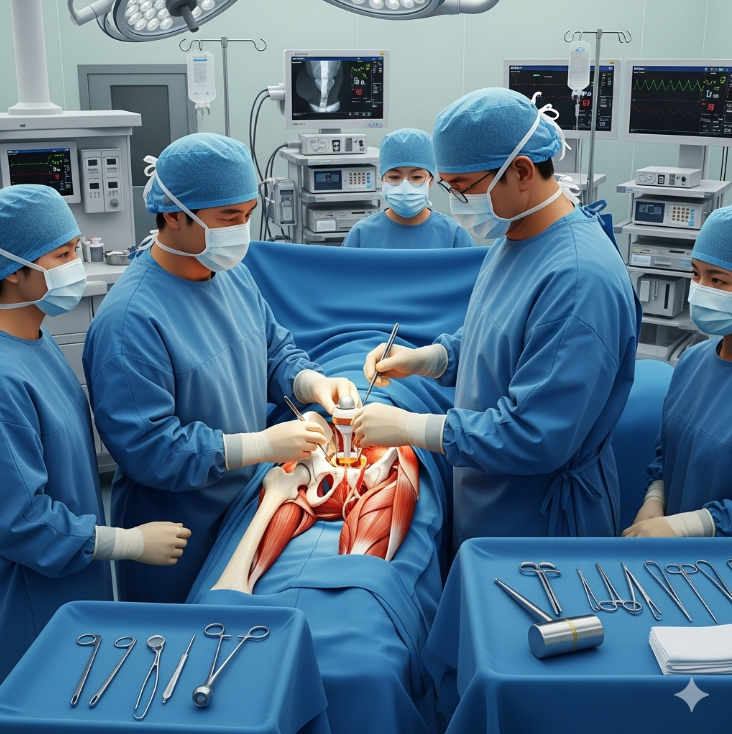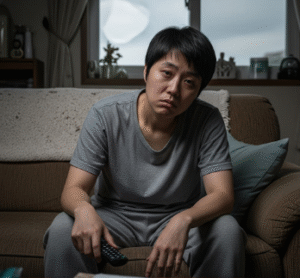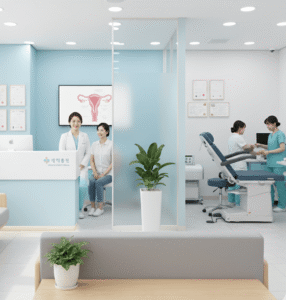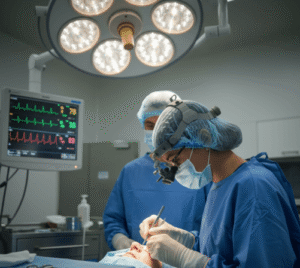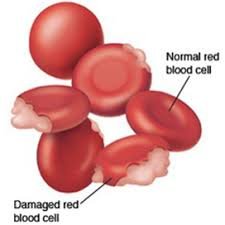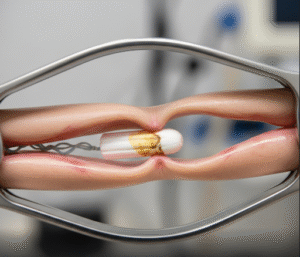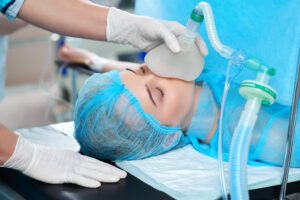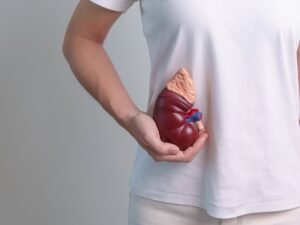What It Is
Hip implant augmentation is a surgical procedure that enhances the width, shape, and projection of the hips using specially designed silicone implants. Unlike fat transfer (hip dip fat grafting), which relies on the patient’s own fat, implants provide a permanent and predictable solution for patients who are too slim to undergo fat grafting or want a more dramatic result.
The implants are made of solid yet soft silicone, designed to feel natural while adding volume and creating a smoother, curvier silhouette.
Why It’s Done
Patients choose hip implant augmentation because:
- They want to achieve a more feminine, hourglass figure with wider hips.
- They are too lean to undergo fat transfer due to insufficient donor fat.
- They have asymmetry or flat hips that cannot be corrected with exercise.
- They desire a long-lasting and reliable enhancement without repeated procedures.
Good candidates include:
- Men and women with naturally narrow or flat hips.
- Patients at a stable weight who lack sufficient body fat for fat grafting.
- Non-smokers in good overall health with realistic expectations.
Alternatives
- Fat transfer (hip dip fat grafting): Uses natural fat for enhancement but results depend on fat survival and donor availability.
- Filler injections: Provide temporary results with hyaluronic acid or other injectables.
- Exercise and glute/hip muscle building: Can improve shape to some extent but may not create dramatic volume.
Preparation
Before undergoing hip implant augmentation in Korea, patients will:
- Have a consultation to determine implant size, shape, and placement.
- Undergo medical testing including bloodwork and general health evaluation.
- Stop smoking and alcohol for at least 4 weeks before surgery.
- Avoid medications or supplements that increase bleeding.
- Plan for at least 2–3 weeks of downtime and arrange home support during recovery.
How It’s Done
- Anesthesia: Usually performed under general anesthesia.
- Incision: A small incision is made along the outer hip crease or bikini line to minimize visibility.
- Implant placement: Silicone implants are placed beneath the muscle (submuscular) or within the muscle (intramuscular) to ensure stability and a natural contour.
- Closure: The incision is closed with sutures and covered with dressings.
- Duration: 2–3 hours, with many patients discharged the same day or after one overnight stay.
Recovery
- First 1–2 weeks: Swelling, bruising, and discomfort are common. Patients are advised to avoid prolonged pressure on the hips.
- Compression garment: Worn for 6–8 weeks to support healing and reduce swelling.
- Mobility: Walking is encouraged early, but patients should avoid sleeping on their sides or direct pressure on the hips.
- Return to work: Most patients resume light duties within 2–3 weeks.
- Exercise: Strenuous activity and lower body workouts are restricted for 6–8 weeks.
- Final results: Visible immediately, with final contour settling after 3–6 months.
Possible Complications
- Temporary swelling, numbness, or bruising.
- Implant shifting or asymmetry.
- Prominent scarring if incisions do not heal well.
- Rare but serious risks: infection, capsular contracture (tightening around the implant), or implant rupture.
Treatment Options in Korea
Diagnosis
Korean surgeons evaluate hip structure, skin elasticity, and overall body proportions. 3D imaging may be used to select implant size and simulate results.
Medical Treatments
For patients hesitant about surgery or those needing only minor correction, filler injections may be considered, but results are temporary.
Surgical or Advanced Therapies
- Hip implant augmentation for permanent, predictable results.
- Hybrid augmentation combining small implants with fat grafting for a natural blend of volume and softness.
- Advanced surgical techniques in Korea emphasize minimal-scar placement and intramuscular positioning for natural results.
Rehabilitation and Support
- Regular follow-up visits to check implant positioning and healing.
- Scar management therapies such as silicone sheets or laser treatment.
- Lymphatic drainage massage to reduce swelling and improve recovery.
- Multilingual aftercare services for international patients in Korea.

